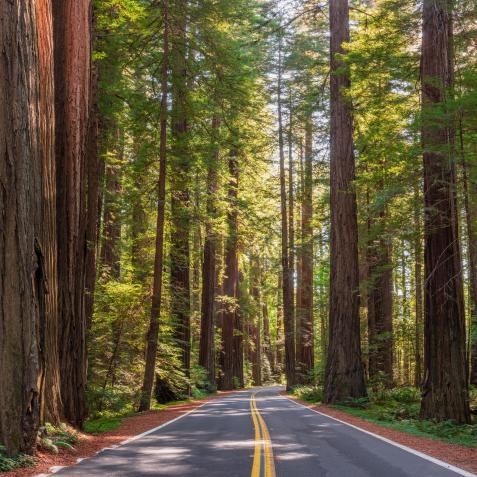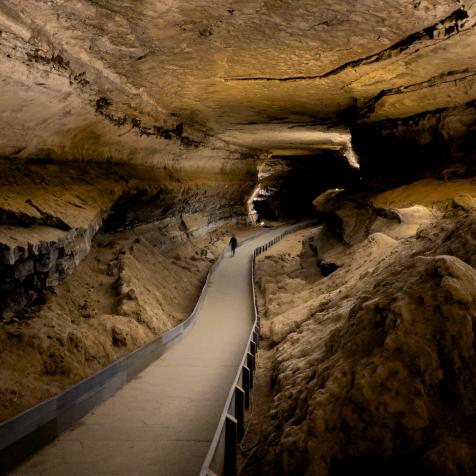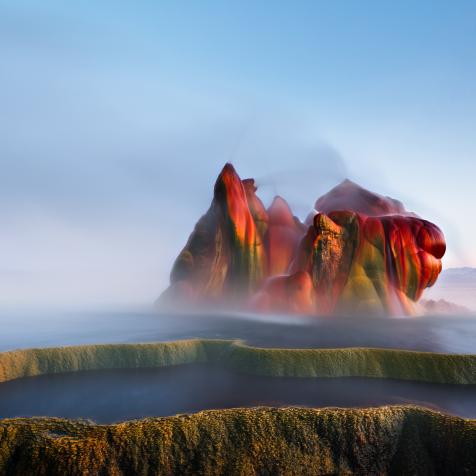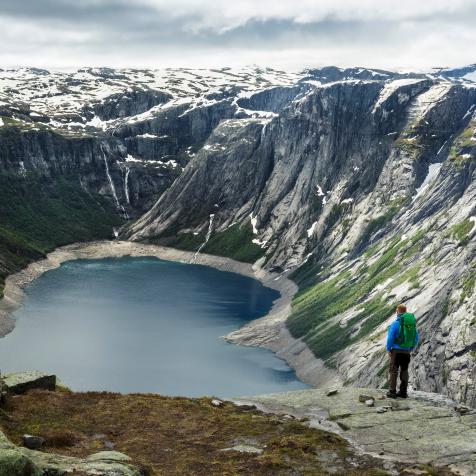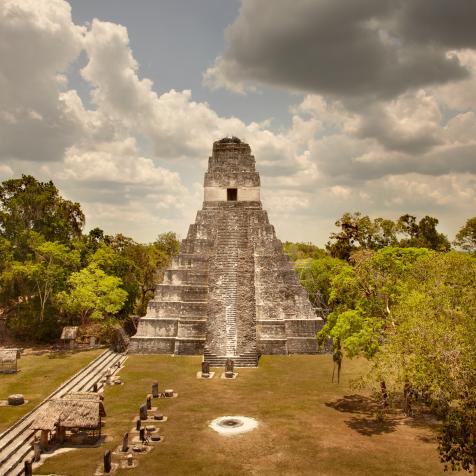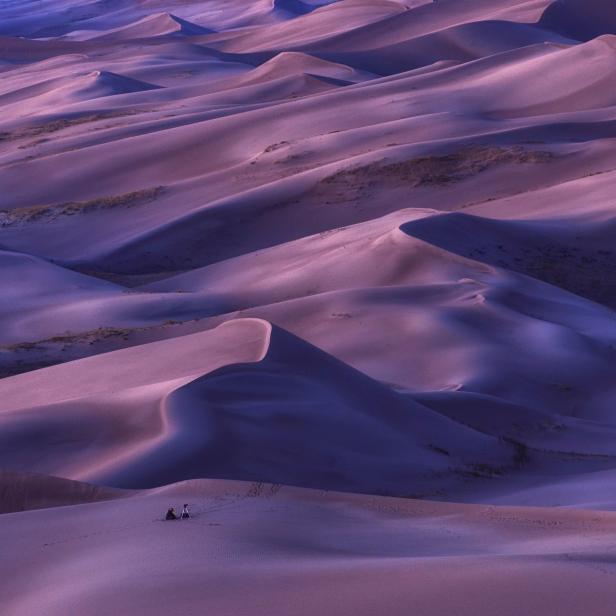
NAN ZHONG
Explore These Majestic Sand Dunes... In Colorado
Colorado; a place we usually associate with snow-capped mountains and green grassy meadows, winter skiing, and kayaking in its clear, mirror-like lakes. But did you know the state is also home to a 30-square-mile sand dune field?
Nestled on the eastern edge of the San Luis Valley, and beside the Sangre de Cristo Mountains, this surreal landscape features dunes that are up to 750 feet high and are perfect for hiking, camping, and photo opportunities.
The tallest sand dunes in North America are situated in the diverse landscape of wetlands, forests, alpine lakes, tundra, and grasslands – providing a patchwork of color. Great Sand Dunes National Park and Preserve is so unusual and unique, in fact, that it is a protected landscape under the International Union for Conservation of Nature.
The four main components of the sand dune system are the mountain watershed, the dune field itself, the sand sheet – a flat plot of sand with large grains – and the sabkha – a coastal mudflat or sandflat. The dunes were formed over tens of thousands of years by sediments from the surrounding mountains that filled the valley. In addition, as the lakes in the valley receded, exposed sand was blown by the winds, resulting in dunes.
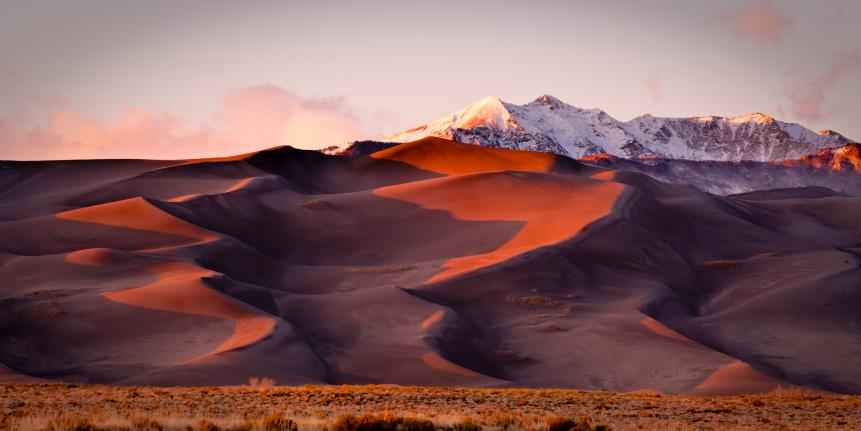
Dan Ballard
Evening light hits the dunes in Great Sand Dune National Park, Alamosa, Colorado.
The park was originally designated a protected area back in 1932, by President Hoover, after fears of gold mining or concrete manufacturing alarmed residents of the nearby Alamosa and Monte Vista cities, who then petitioned Congress asking for protection. The area was eventually upgraded from a national monument to a national park and preserve in 2004.
It contains a mind-boggling 1.2 cubic miles – or 5 billion cubic meters – of sand. Evidence of human habitation, however, dates back to 11,000 years, with the first historic peoples to inhabit the region being the Southern Ute Tribes.
Now, visitors have numerous activities to enjoy – from sandboarding and sand sledding to four-wheel driving. But the best adventure comes at nightfall; the adventurous can backpack over sand dunes to pitch a tent and enjoy the stunning starry night skies when the sun goes down. (Although backpackers will need a permit and can be required at the visitor’s center.) The park’s elevation at 8.200ft and rural location makes it a favorite with dark sky stargazers, with park officials offering special astronomy programs from May to September.

Cavan Images
A pair of hikers trek the dunes.
Overnighters can bask in the still silence, indulge in this remote, isolated region of the county, and be soothed to sleep by the wind whistling through the dunes. If you want to camp out, but backcountry isn’t your style, Piñon Flats Campground is nearby and run by the National Park Service, with 44 sites that are first-come, first-served, with a further 44 sites that can be reserved.
By day, tourists can hike to the summit of Star Dune, the tallest dune in the park, while Crestone Needle, Cleveland Peak, and Mount Herard also offer challenging elevation climbs.
And, as the park also offers special sand wheelchairs (it’s recommended to reserve one in advance), everyone can enjoy this stunning, once-in-a-lifetime experience in the sand dunes of Colorado.









